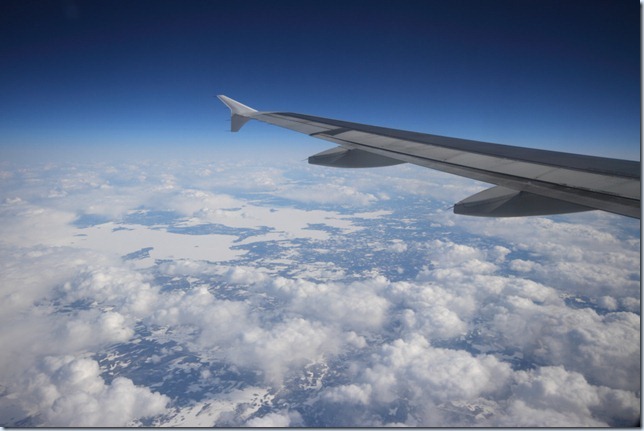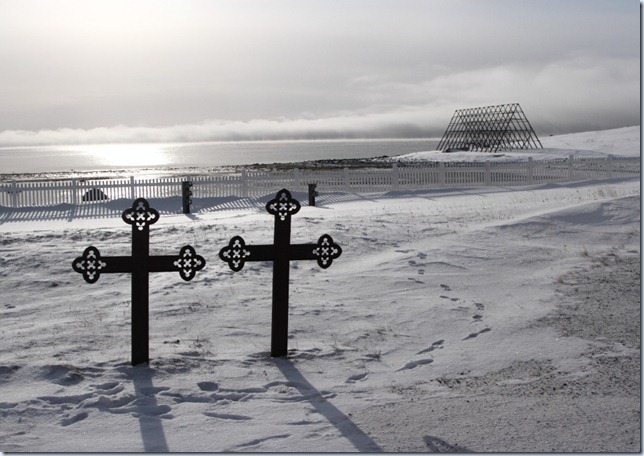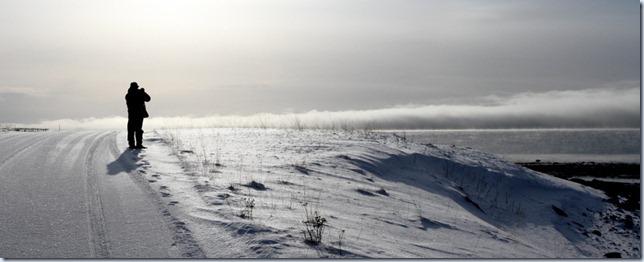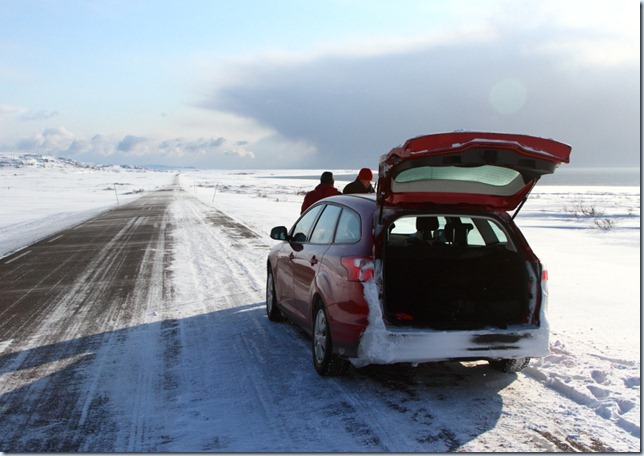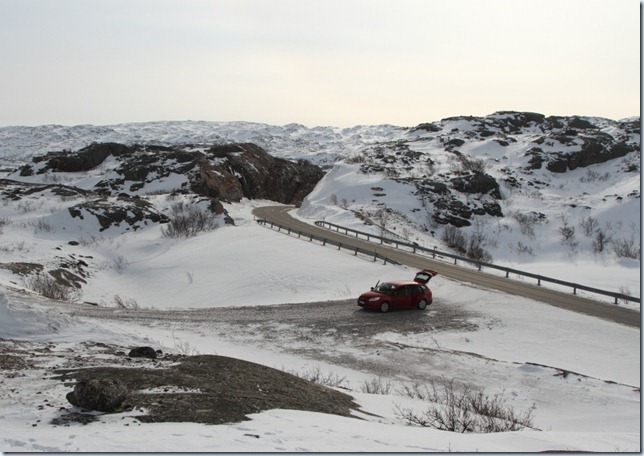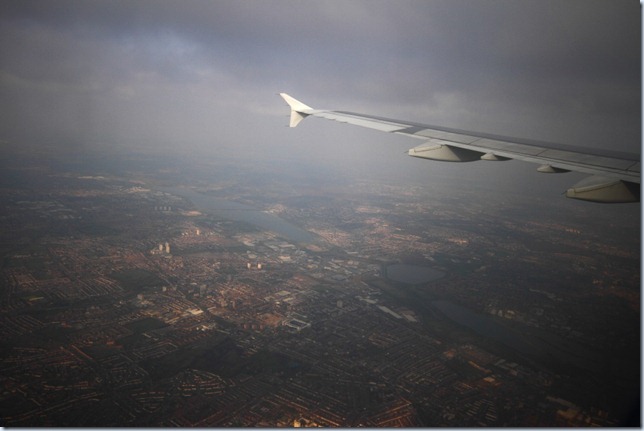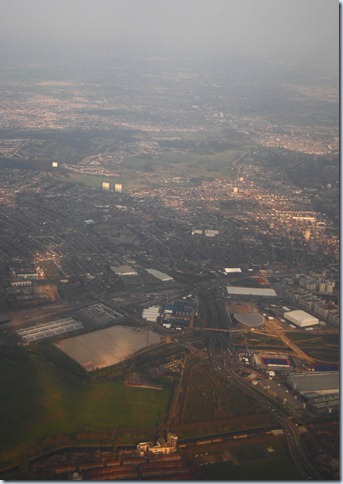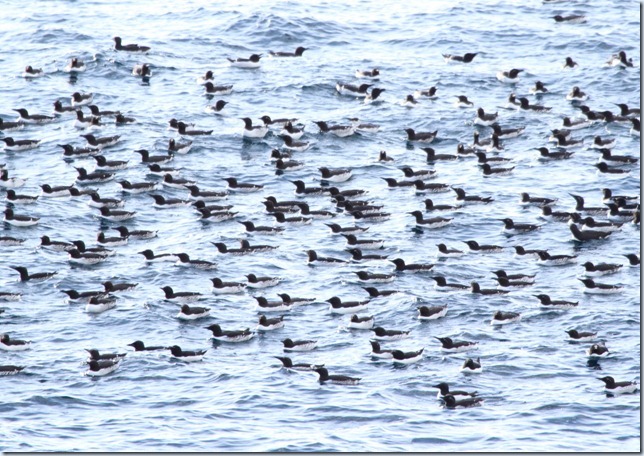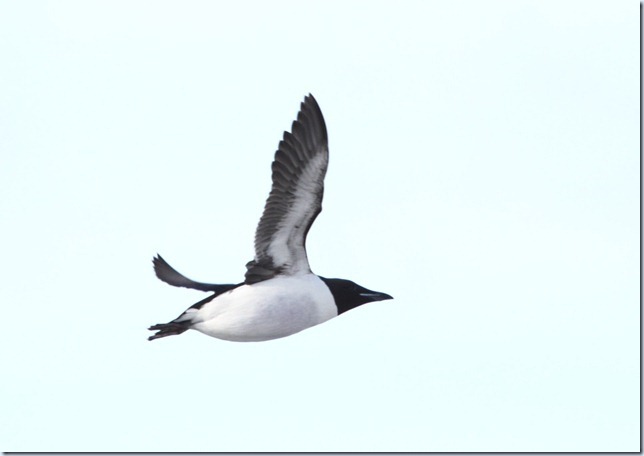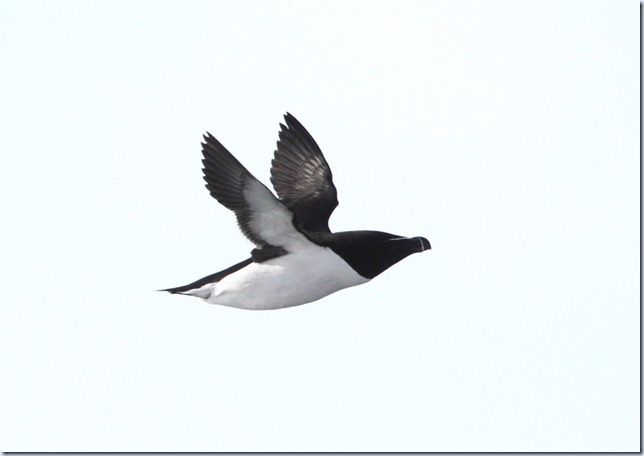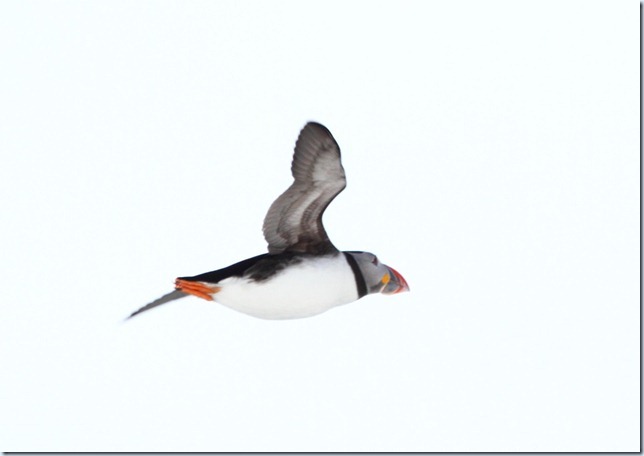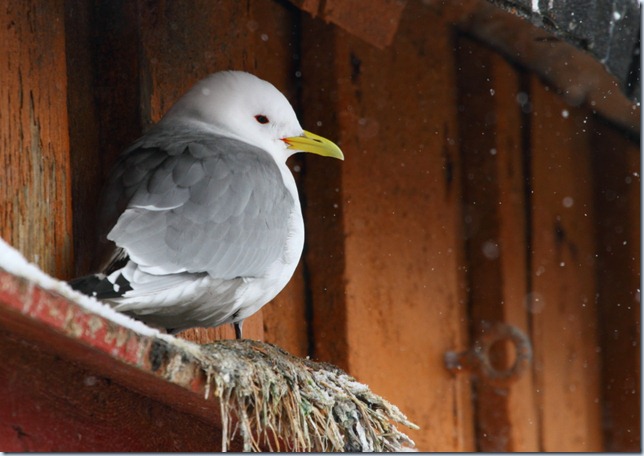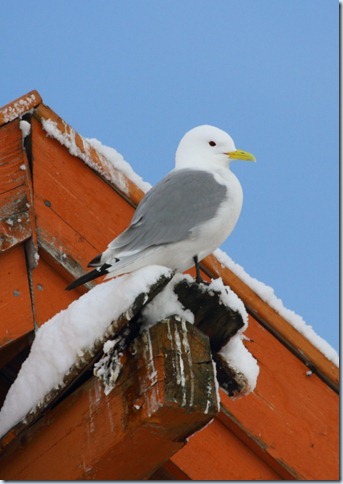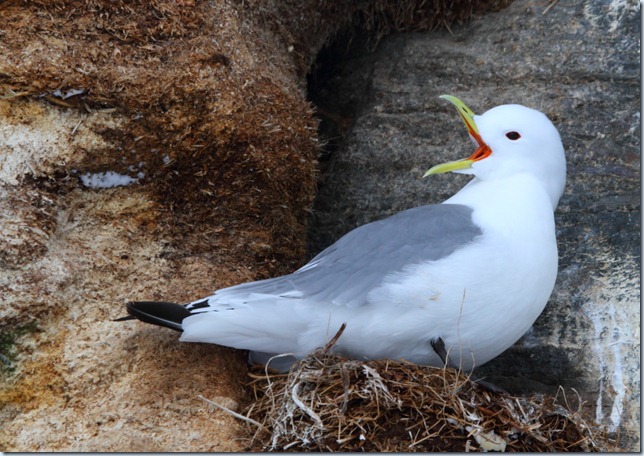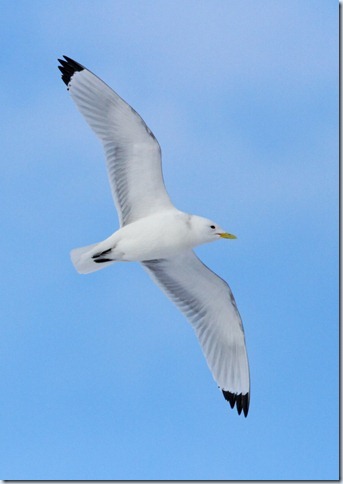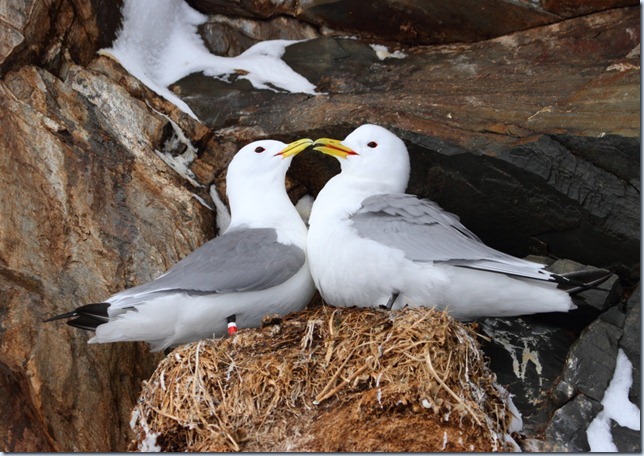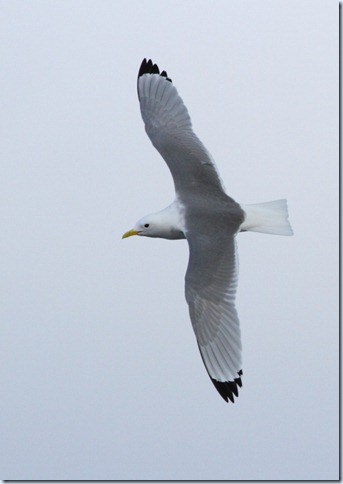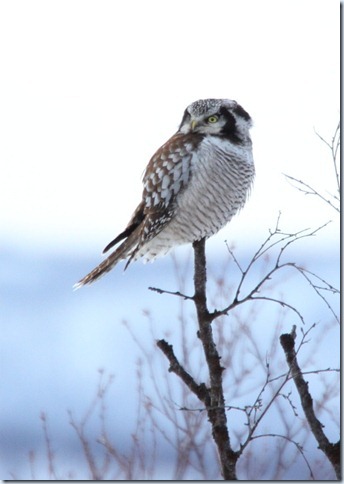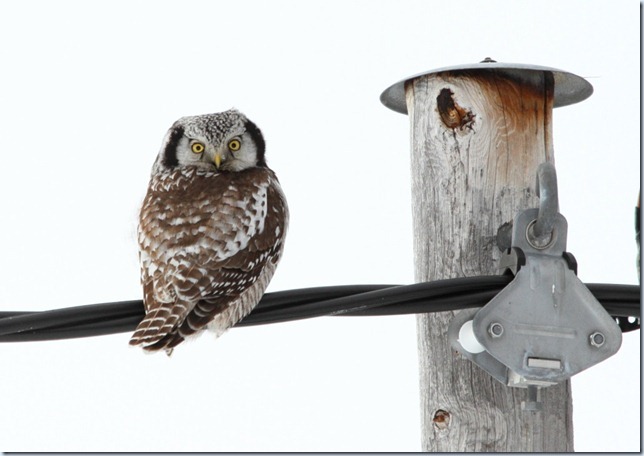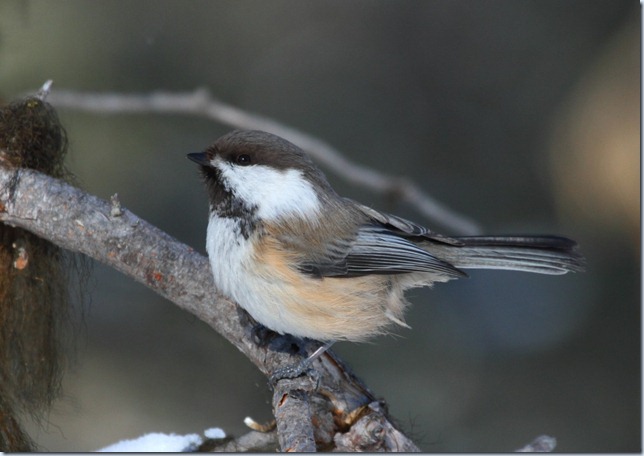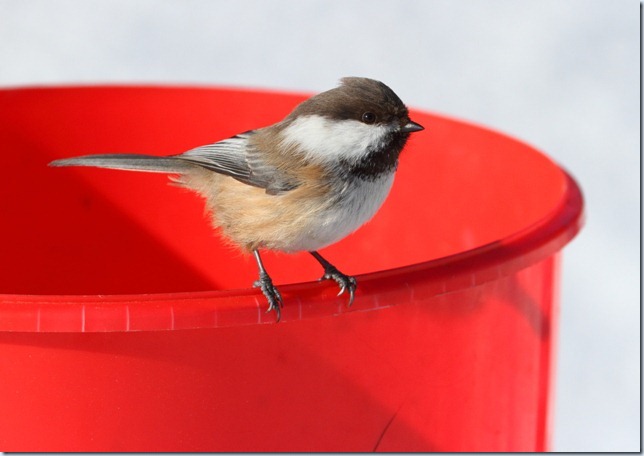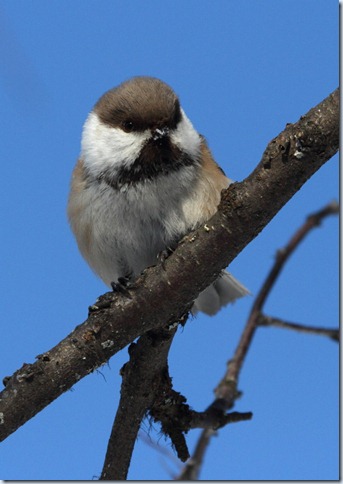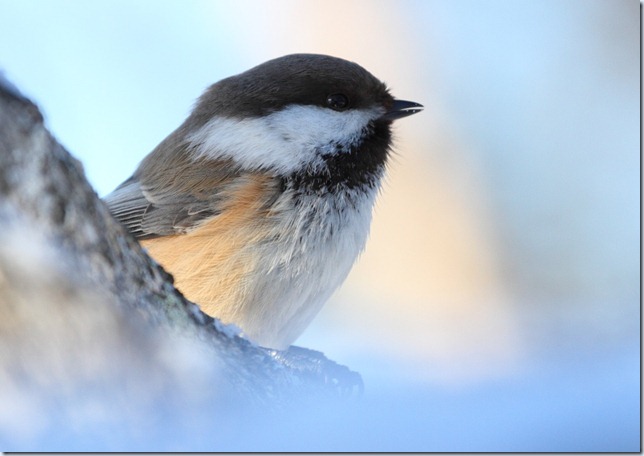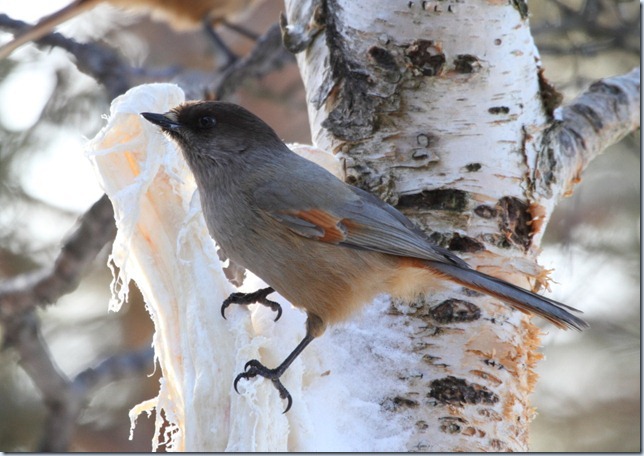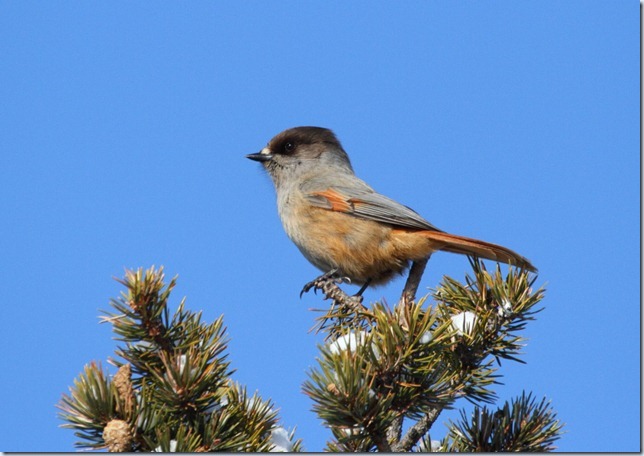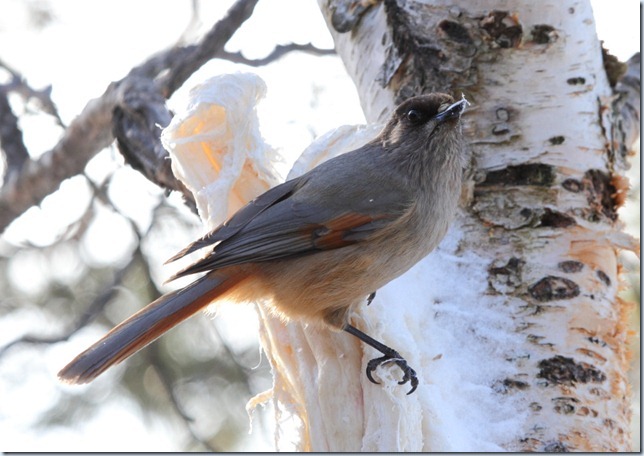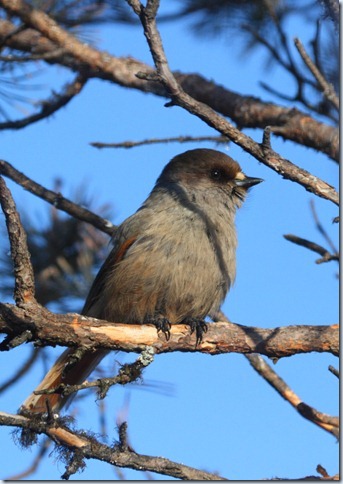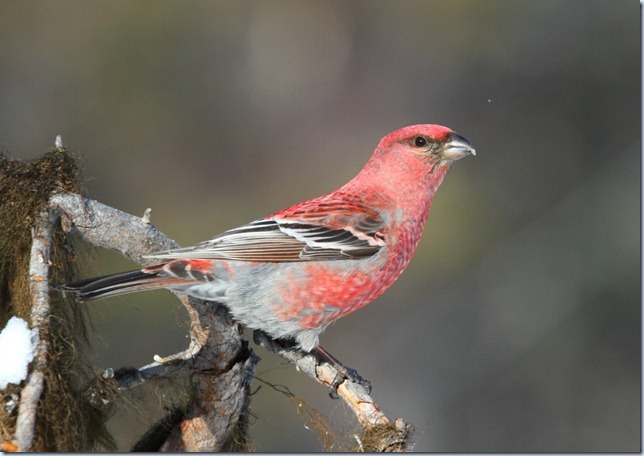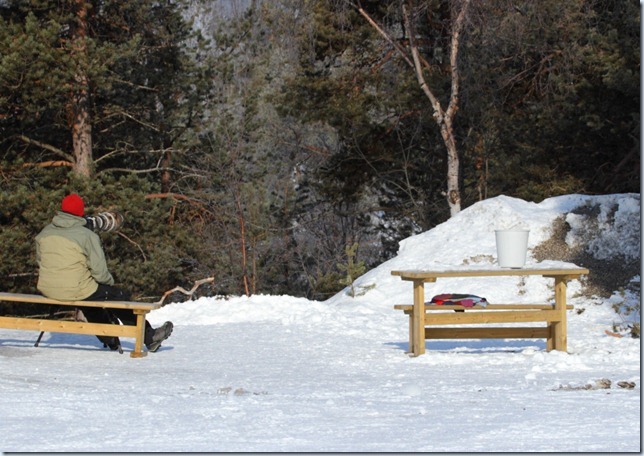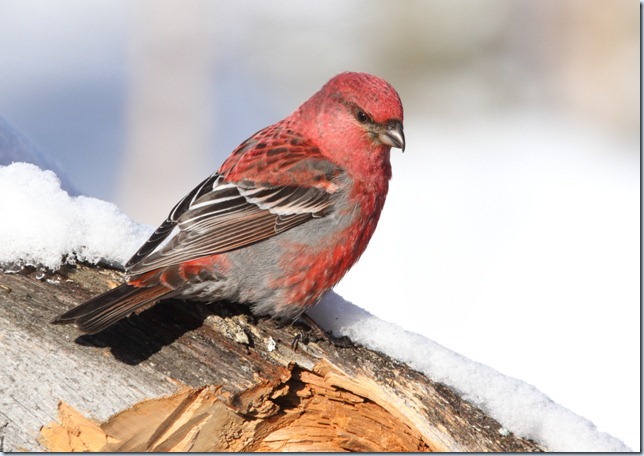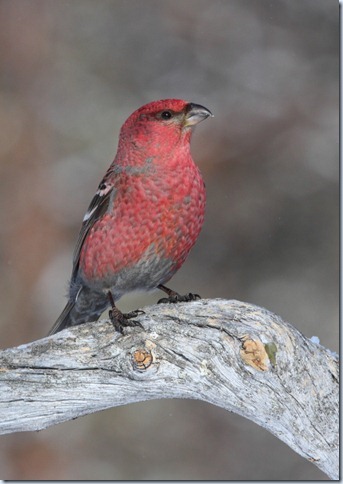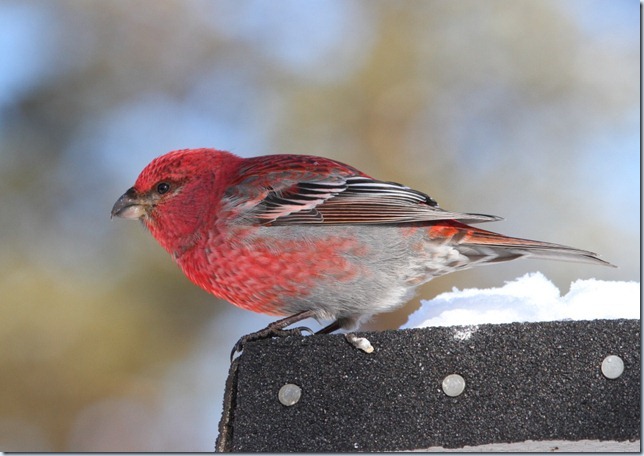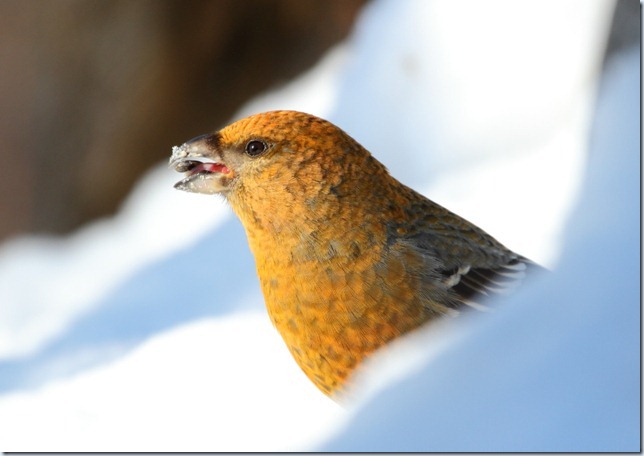I’m just about done with the bird photos from Norway and Finland now, though the odd Grosbeak may be thrown in on slow photography days through the next few months, so it seems a good time to post a few scenic shots to complete the picture.
First up, a view of Finland from the air. Even from thousands of metres above the ground, you can see the key elements of the landscape…
…namely blue skies, forest, snow, and frozen lakes. There’s not really much else there apart from that!
One of the most-photographed landmarks around Varanger is the beautifully positioned church at Nesseby, on a little peninsula jutting out into the western end of Varangerfjord. (In birding circles, it will also be forever associated with Graham Catley’s extraordinary encounter with a Soft-plumaged Petrel). Like just about everyone else who visits, I took a few pics:
The final one is surely an iconic image:
“Nesseby church, with man photographing extralimital miniature panther.”
Don’t ask me what this is all about – I have no idea.
Roadside birding was very much the order of the day around Varanger, since the snow was too deep elsewhere to walk any distance. This type of scene was roughly typical, and also serves to illustrate average main road conditions. Thanks to regular snow-ploughing, there was never more than an inch of snow to negotiate, but in most places the road surface was basically packed ice. With metal studded tyres and virtually no traffic anywhere, though, driving was pretty fuss-free.
The previous photo illustrates the landscape on the south side of Varanger, on the road to Kirkenes. Here, there’s much less visibility over the fjord, and the terrain is generally rockier and more rugged. We didn’t see a huge amount over here bird-wise, but the amazing sight of a White-tailed Eagle leisurely swimming (looked more like rowing, in fact) >50m to a rocky outcrop with a still struggling female King Eider in its talons made the journey worthwhile.
And finally, some shots of my part of London taken on our approach from Helsinki. First, the Lee Valley reservoirs, including KGV and the Girlingin the distance, then the nearly circular Banbury, and Mr Whiteman’s Walthamstow patch to the south:
… followed, as we flew south-east, by a small and apparently unremarkable green space, shown in the middle distance on this photos. What could it be?
